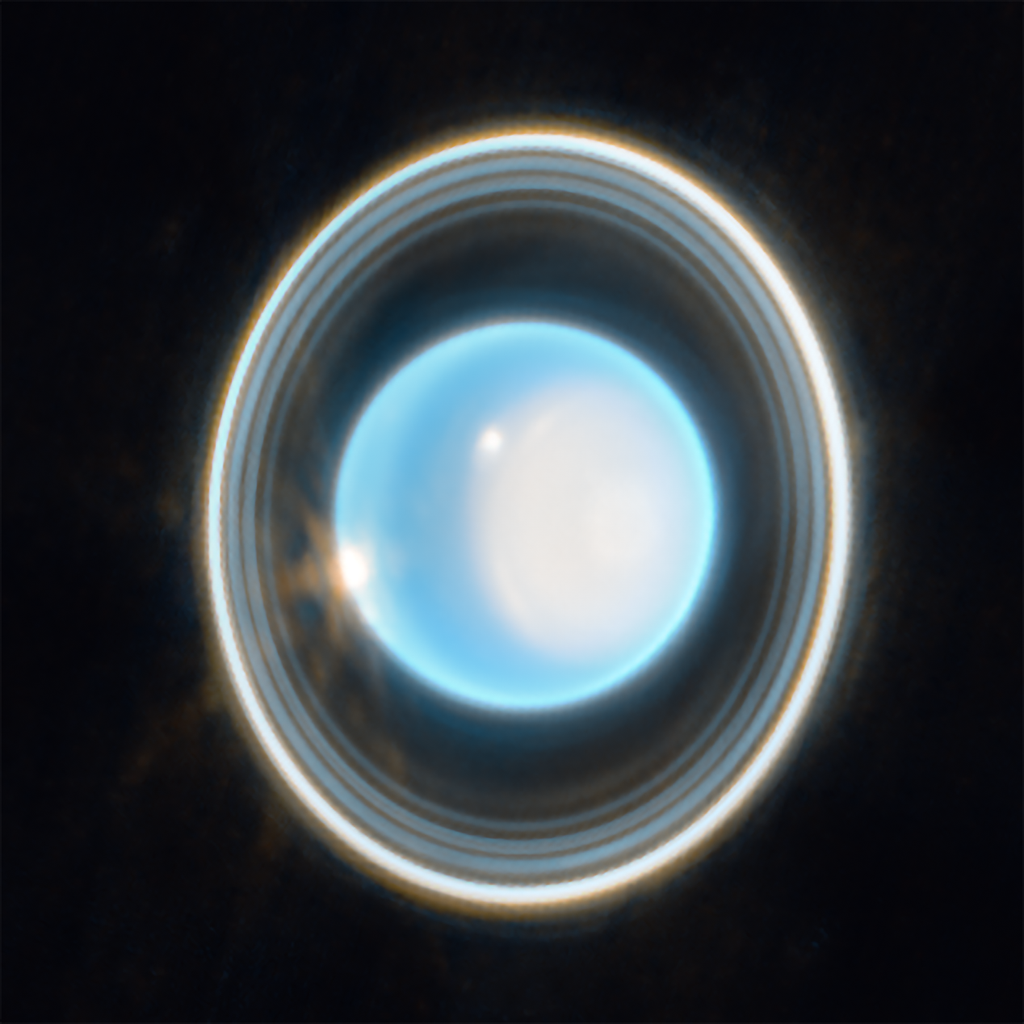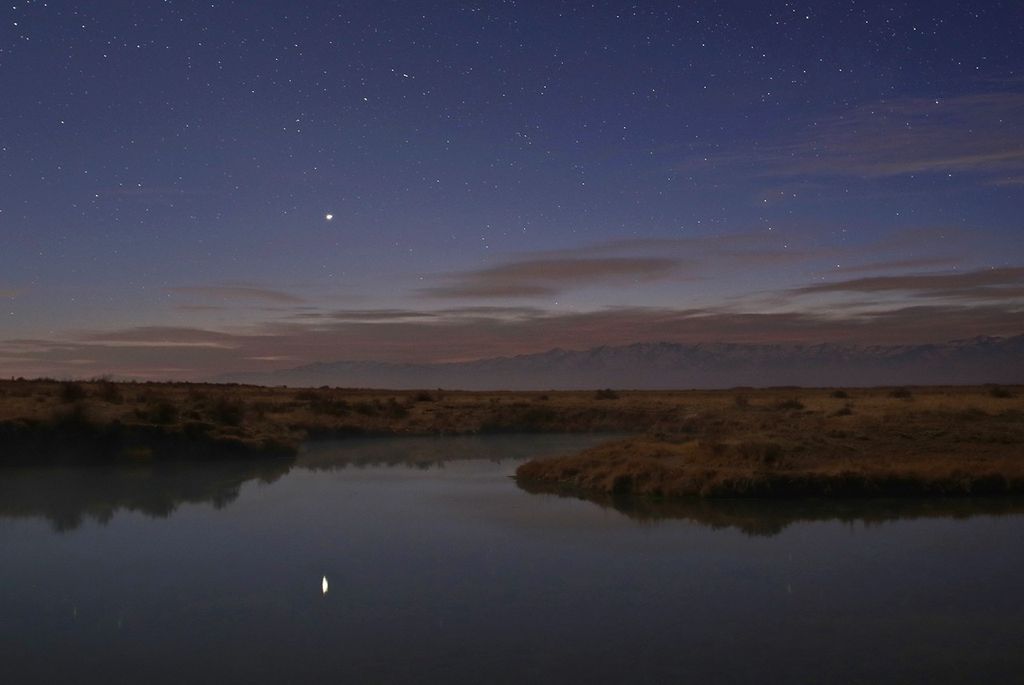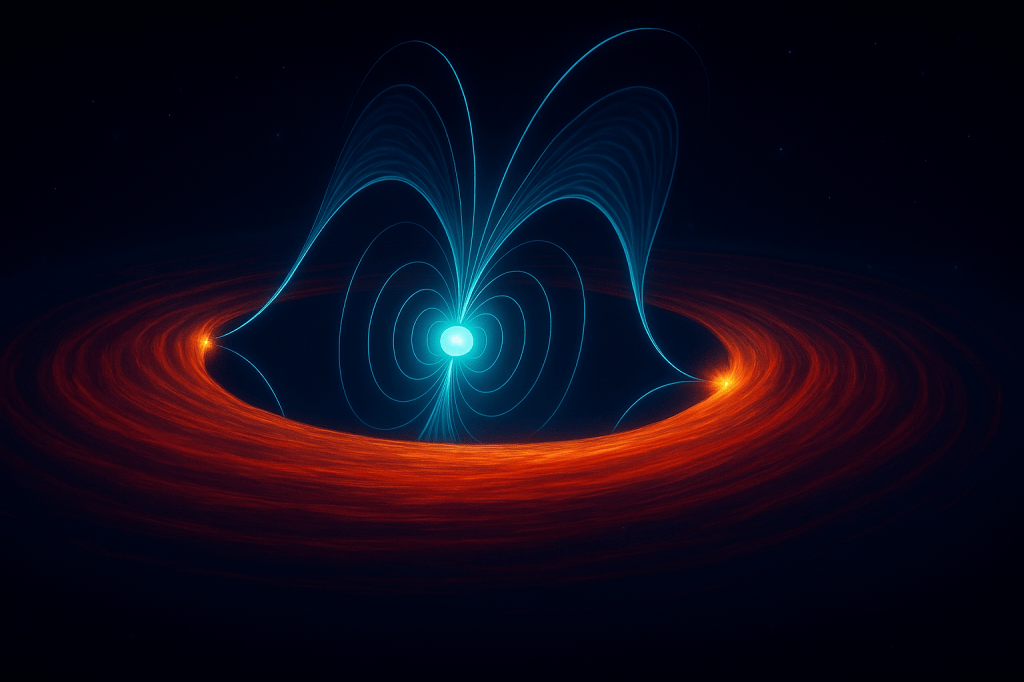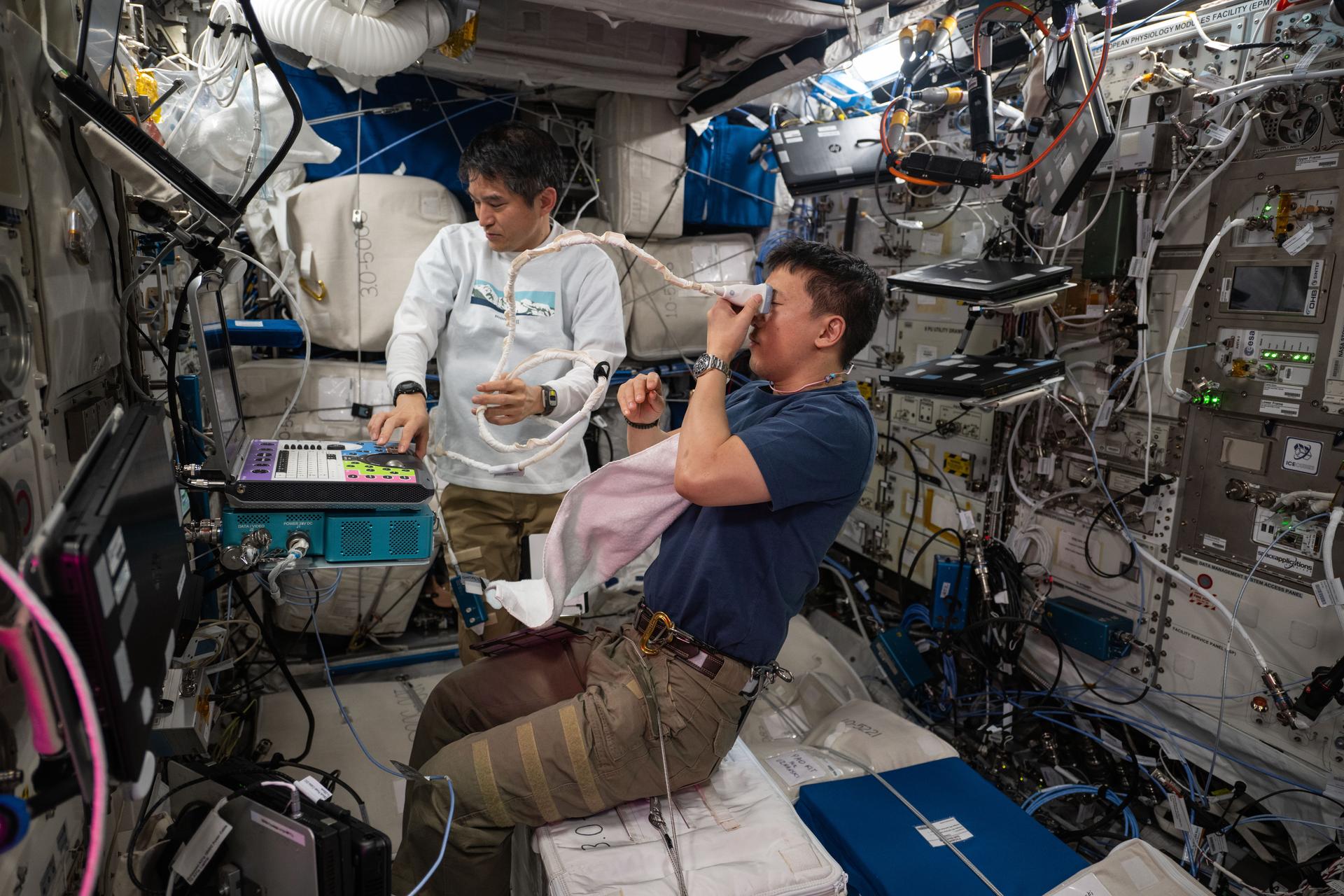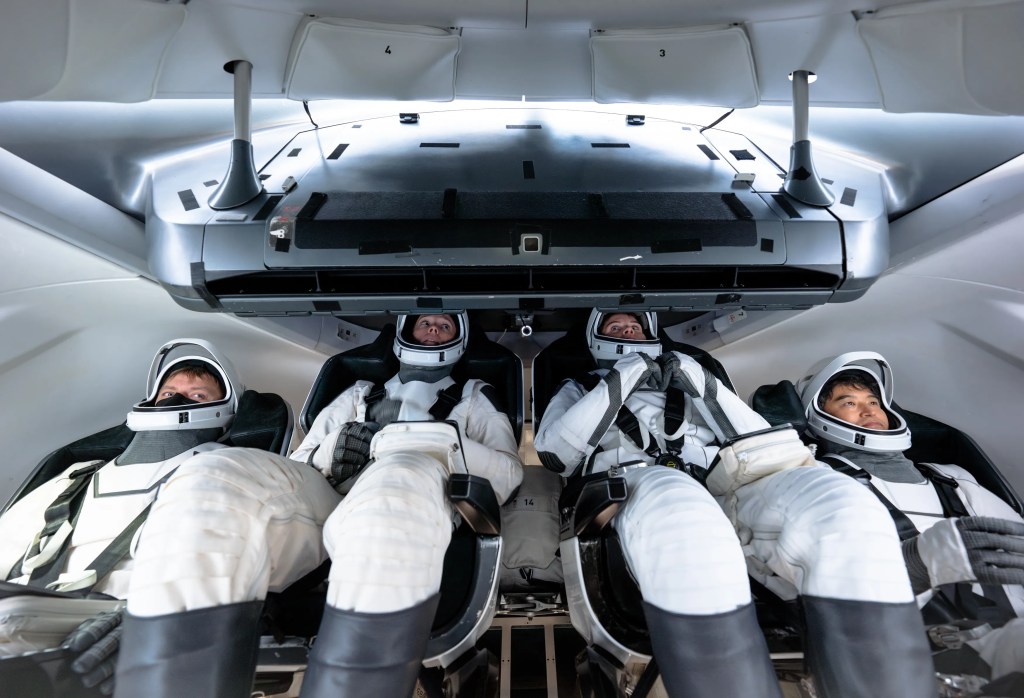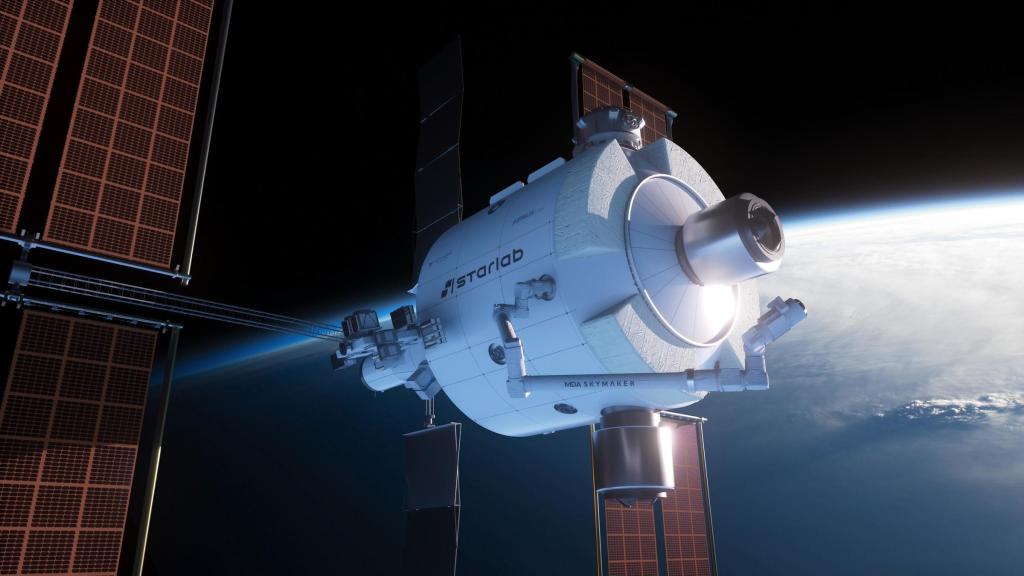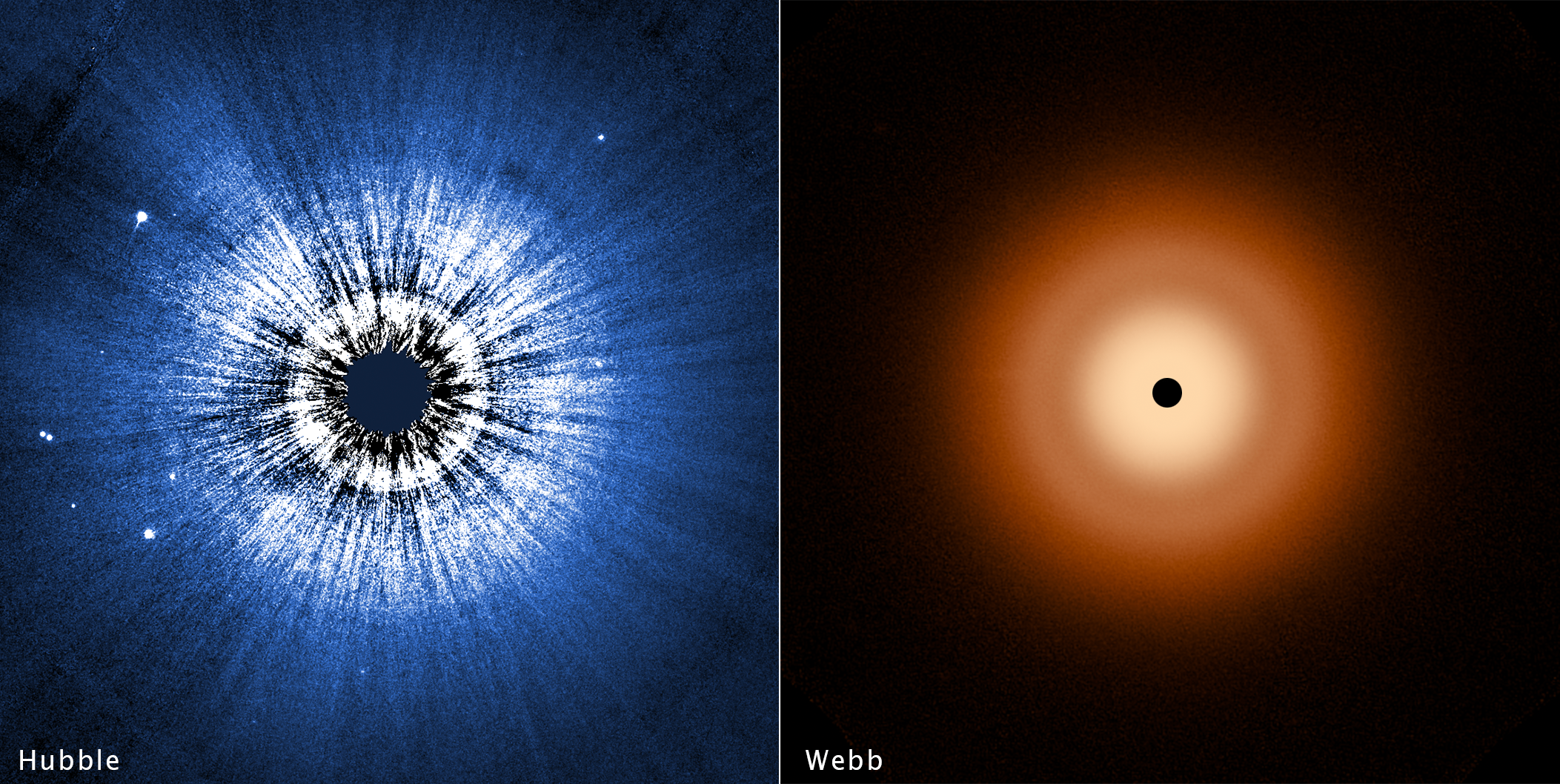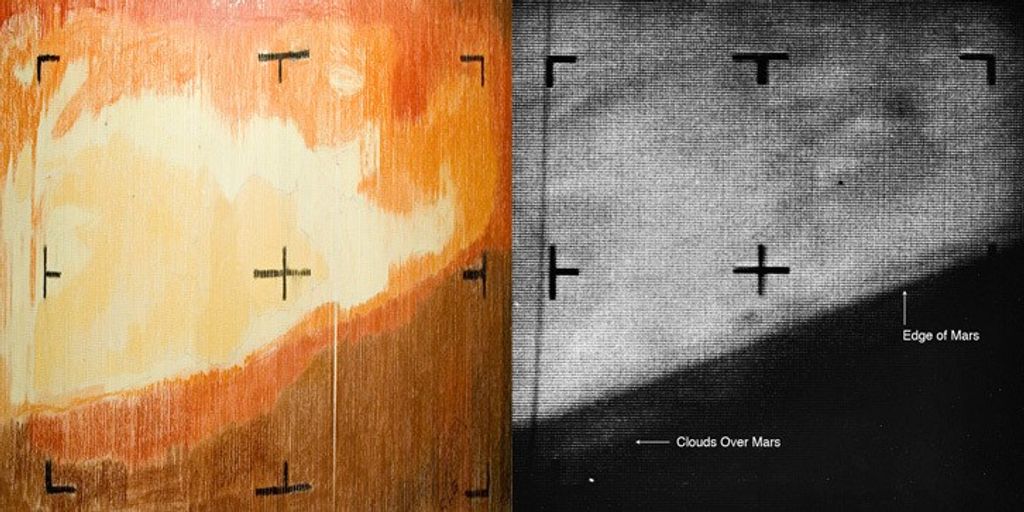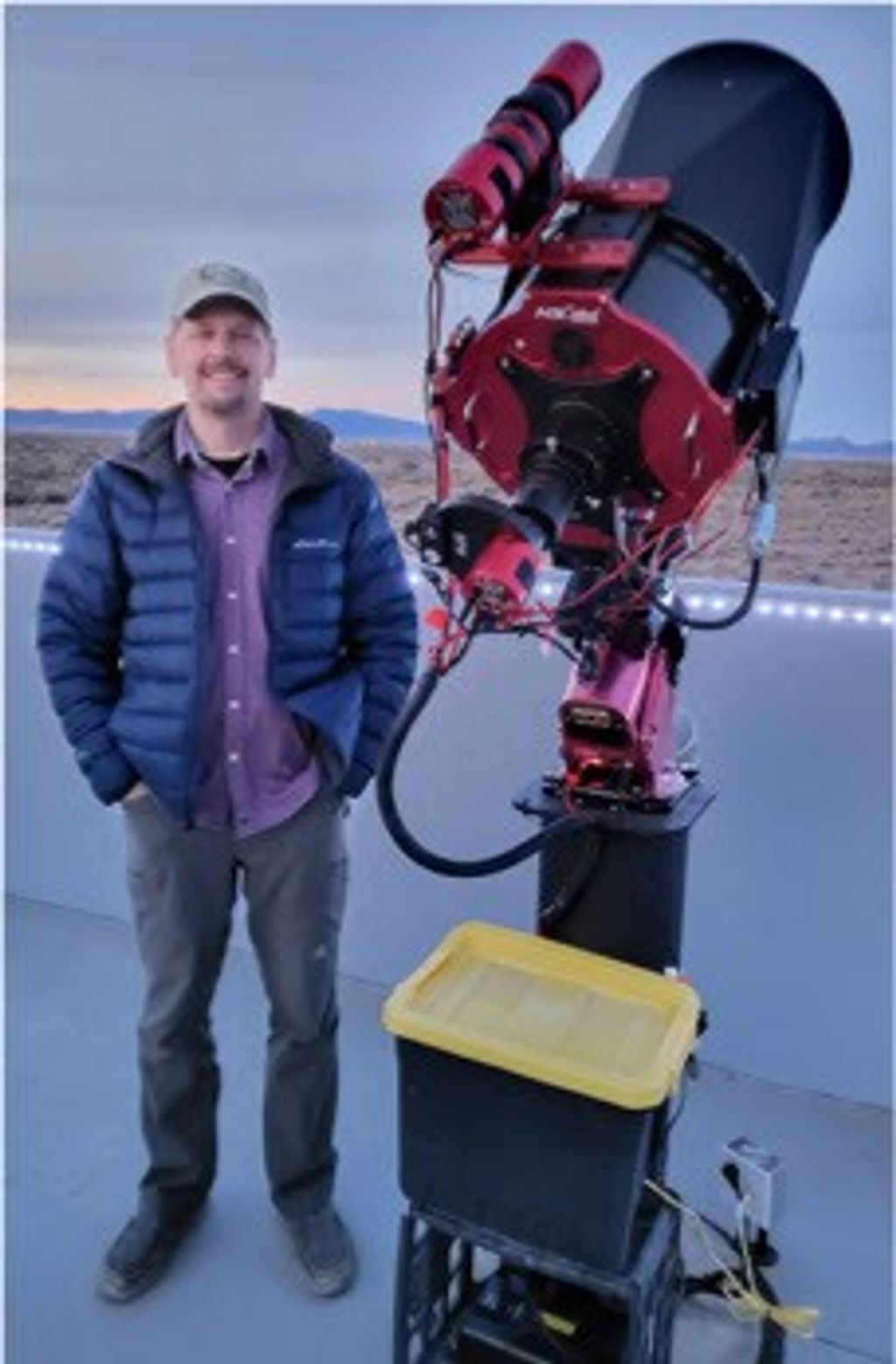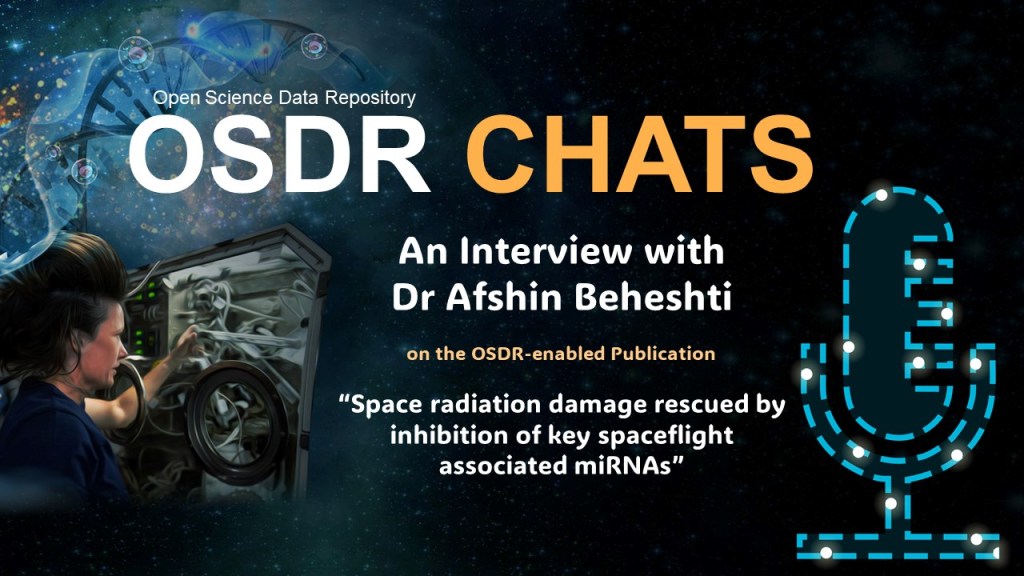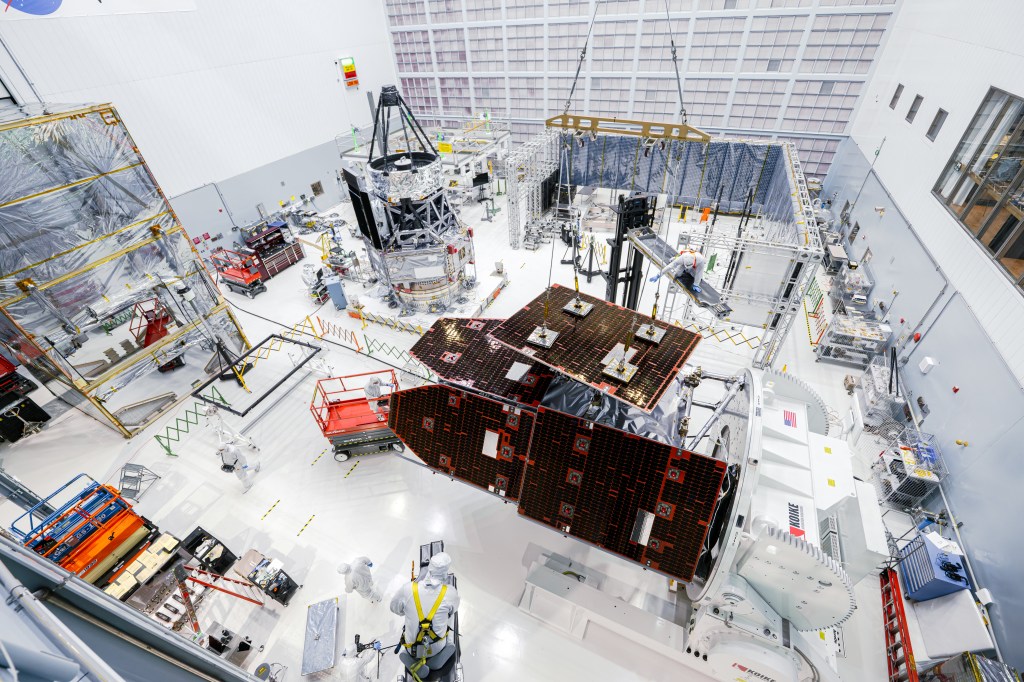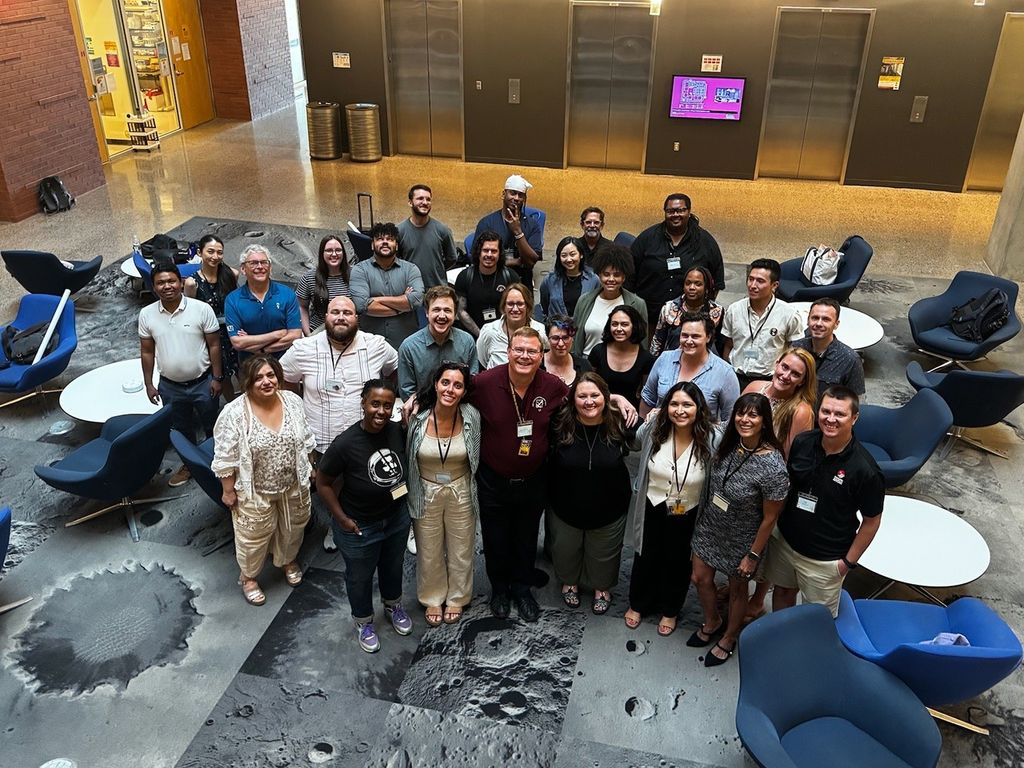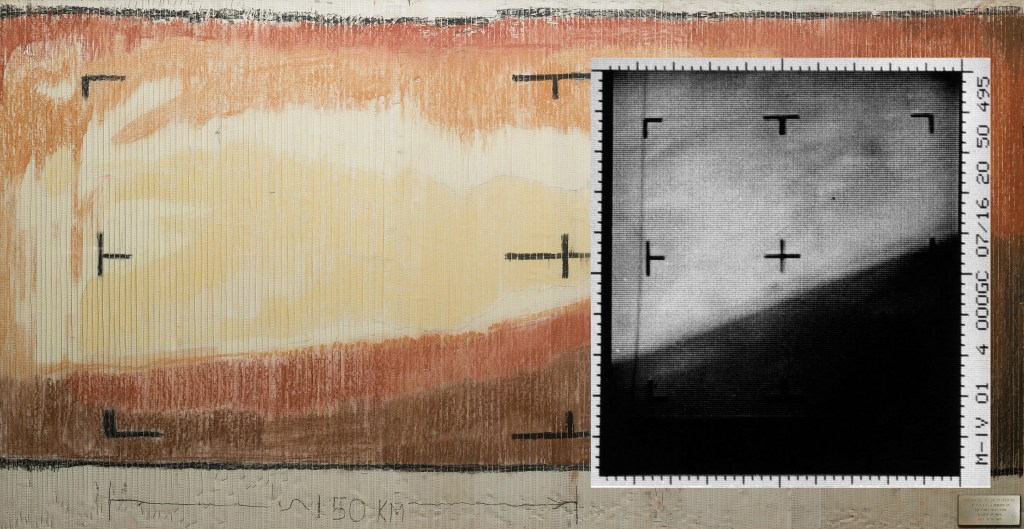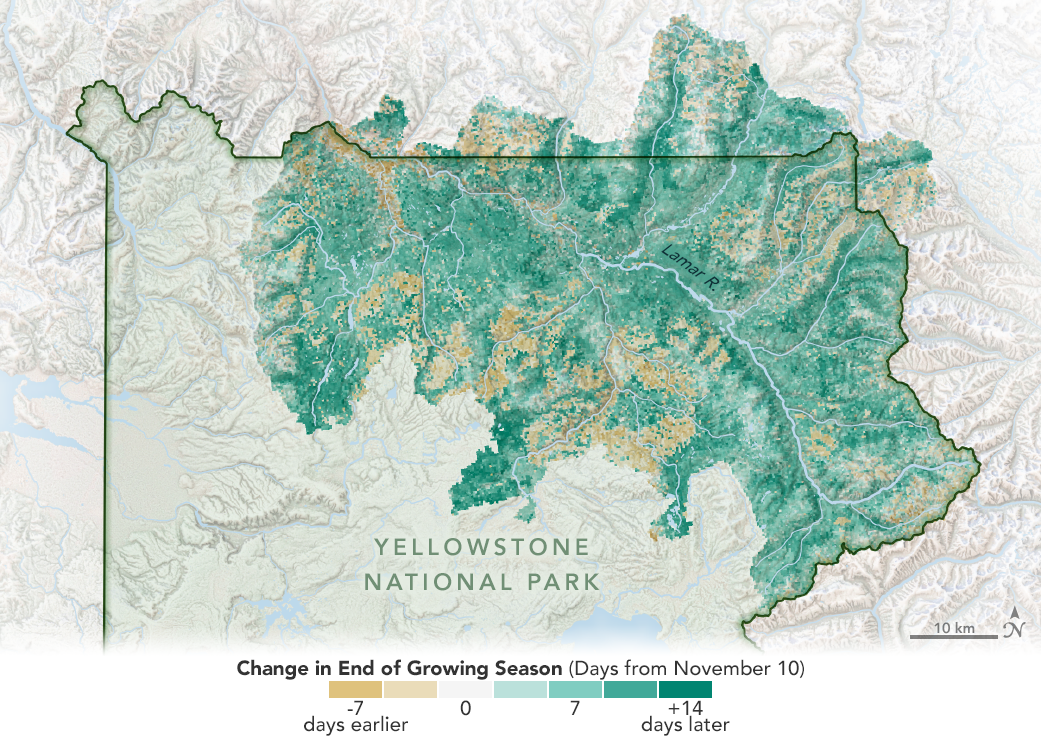SOFIA’s Infrared View of the Skies
by Kassandra Bell
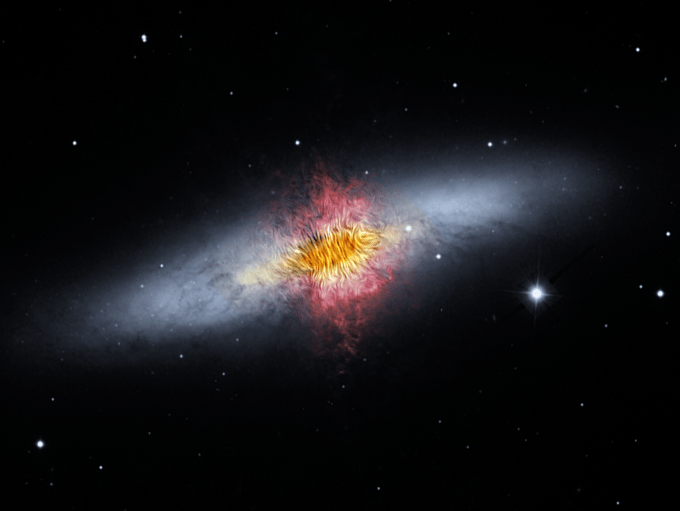
The Stratospheric Observatory for Infrared Astronomy, SOFIA, studies the universe with infrared light. That’s a range of wavelengths on the infrared spectrum, from those measuring about 700 nanometers, too small to see with the naked eye, to about one millimeter, which is about the size of the head of a pin. Other observatories, such as the Spitzer Space Telescope and Herschel Space Observatory, also studied infrared light. But each telescope observes different wavelengths of infrared light, filling in puzzle pieces that are essential to learning what makes the universe tick.
Spitzer studied exoplanets (planets outside our solar system), distant galaxies and cold matter found in the space between stars using infrared wavelengths between 3.6-160 microns until 2009 when it ran out of coolant. After the coolant was depleted, it studied wavelengths between 0.3-0.9 microns, which are primarily near infrared wavelengths, during its so called “warm mission.”
SOFIA studies wavelengths of mid- and far-infrared light between 0.4-612 microns, letting scientists tackle big questions of how previously unseen forces shape the cosmos. With its 45,000-foot-high view of the night skies, the formation of planets and stars, the strange behavior of magnetic fields, and the chemistry of galaxies are all becoming clearer.
The discoveries from SOFIA often build on what previous observatories learned and illustrate the distinct yet complementary infrared perspective provided by different telescopes.
Diving into Star Formation
SOFIA found many newborn massive stars that had not been seen before in the largest star forming region in our galaxy, called W51A. Massive stars can weigh more than eight times our Sun, but it’s not well understood how they form and how they affect the birth of their stellar neighbors.
For full story, see: SOFIAInfrared
NASA Satellites Help Forecast Yellowstone Wildlife Migration
by Abigail Tabor
The bison population has really exploded over the last two decades in Yellowstone National Park. This creates complex situations for wildlife managers when the animals follow good grazing opportunities beyond the boundaries of the park and come into contact with surrounding communities. A NASA study has now found a link between climate change effects on the productivity of grasslands and the proliferation of bison in Yellowstone, by compiling 20 years of data from two NASA Earth science satellites. The work also shows how the same data, available in near-real time, can aid the park’s conservation efforts by providing daily maps of green grass cover that help forecast the movements of bison.
The research project looked specifically at how long the growing season lasts in Yellowstone, from snowmelt in spring to first snowfall in autumn, and the vegetation that covers the land in between. The satellite data revealed that the season for vegetation growth has been getting longer, likely a result of climate change decreasing the severity of winters and warming average temperatures overall.
Studying national parks is helpful for this type of climate research, because human land use is restricted in these spaces. With little interference from people since Yellowstone was founded in 1872, scientists are better able to isolate climate change as a factor in any changes they observe there.
For full story, see: Satellites/Yellowstone
What is the Fatigue Countermeasures Lab?
by Abigail Tabor
For many of us, it’s OK to feel a little sleepy at your desk after lunch. But for people with jobs where it’s critical to be alert and able to think quickly and clearly, feeling fatigued from sleep loss, jet lag, shift work or waking up groggy can be a problem.
The Fatigue Countermeasures Lab at NASA Ames studies the way fatigue affects people with complex tasks to perform. The realms for these tasks can be as diverse as aviation and spaceflight, NASA space mission operations, military settings and operating self-driving cars.
In aviation, pilots face the challenges of early rises, long shifts and jet lag on the job. The lab studies ways to optimize their schedules to minimize these effects. In space, how sleep might be different away from Earth is an area of ongoing study, and the Fatigue Countermeasures Lab works closely with NASA’s astronaut program. For these primary areas of the FCL’s research, the process is the same: test solutions in the lab and then put them to use in the aviation or spaceflight environment. If this field testing reveals new problems, the team goes back to the lab to refine the approach.
By learning how sleep and its bedfellows interact – that includes alertness and circadian phase, or where you fall in your usual sleep/wake cycle at a given moment – the FCL team can explore solutions to help people manage fatigue and do their jobs safely.
NASA Selects Universities for Collaborative Development of Small Spacecraft Technologies
Nine university teams will collaborate with NASA to advance small spacecraft technologies that will help pave the way for human and robotic lunar exploration. Under NASA’s Artemis program the agency plans to return humans to the Moon by 2024; small spacecraft, or “SmallSats,” will help blaze the trail.
Currently, small spacecraft – ranging in size anywhere between a shoebox up to that of a refrigerator – mainly operate in low-Earth orbit. Technology advancements, through these collaborative partnerships, will more fully realize the potential of SmallSats as they extend their capabilities to complex lunar exploration missions.
“As we prepare for the next robotic and crewed missions to the Moon, we expect small spacecraft to help forge the path ahead by scouting terrain, prospecting for resources and establishing communications and navigation capabilities in cislunar space,” said Christopher Baker, program executive for the Small Spacecraft Technology program. “Taking advantage of their small size and shorter development timelines, small spacecraft are increasingly capable as both rapid precursor missions and as cost-effective, in-space infrastructure.”
For full story, see: CollaborativeDevelopment


